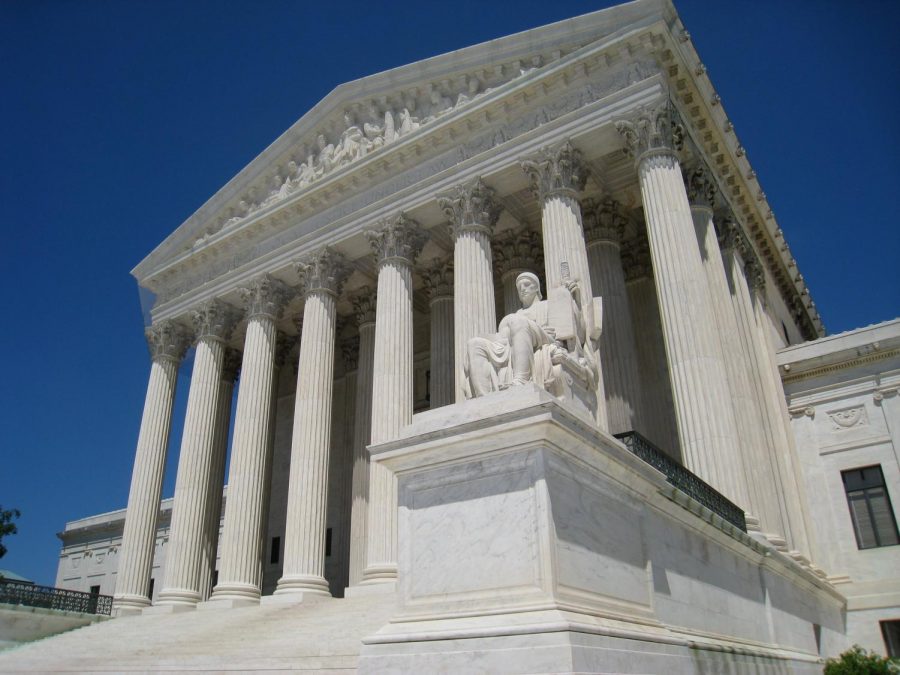Wisconsin SCOTUS case shapes future of American elections
October 25, 2017
Wisconsin is at the center of a Supreme Court case – Gill v. Whitford – that could impact the future of elections across the country. The issue at hand is gerrymandering, or the practice of drawing state legislative districts in order to give one party a political advantage over another.
Since legislative districts must all include roughly the same number of people, they must be redrawn periodically as the population changes. Politicians, though, do not draw new districts arbitrarily. Indeed, it is a very strategic process. Crafty political operatives know that if they (1) spread out voters that support their opponents across many districts (what political scientists call “cracking”) or (2) concentrate voters that support the other party into a small number of districts (“packing”), they can maximize the potential for their own party to win many seats while minimizing the number of seats the other party can win.
Gerrymandering is not new—the practice began in the 1800s. Both parties have used it to their advantage over the years, and it has always been controversial. So why does it matter now? Because some people argue gerrymandering is getting out of hand. And the most recent chapter in our country’s gerrymandering saga started right here in Wisconsin. In 2010, Republicans enjoyed a wave of success nationwide, including here in the Badger State. This put the GOP in a position to redraw Wisconsin’s state districts in 2011. The legislative map that emerged from those meetings heavily favored Republican politicians. During the 2012 election the following year, Republicans collected 48.6 percent of the statewide vote, but this won them 60 of 99 seats in the Wisconsin state legislature. In 2016, Republicans won 54 percent of the statewide vote but won 65 percent of the seats in the legislature.
Democrats in Wisconsin cried foul, arguing that gerrymandering by Republicans is effectively shutting them out of the political process and therefore violating their rights. So is our current legislative map excessively partisan? This is the question that now sits before the Supreme Court in the Whitford case. The justices must decide how much political gerrymandering is okay. A little is inevitable, but what is a reasonable limit?
Is there a fair way to quantify gerrymandering so in the future we can determine when a proposed legislative map is illegal? [Interestingly, some college professors have proposed an idea to do just that!] Or should courts stay out of the process entirely?
This case is widely considered one of the most important decisions of the year, and the vote will be close—probably a 5-4 ruling. It could go either way. Justice Anthony Kennedy will almost certainly be the pivotal fifth vote that will propel one side or the other to victory. Regardless of the outcome, though, one thing is for sure: this case will affect the future of legislative districts across the country, especially here in Wisconsin.













